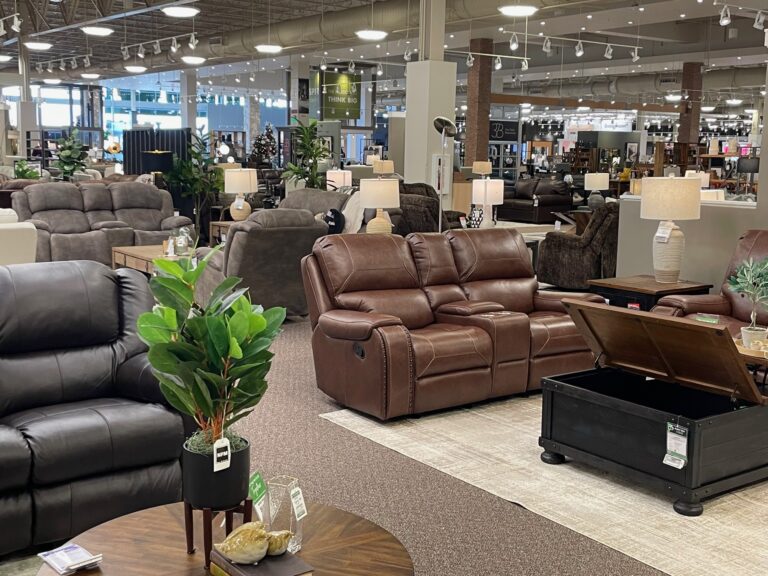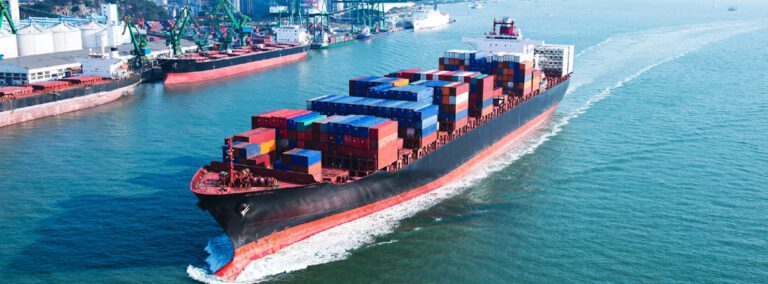More Sales = More Returns
Do you have a solid returns process? As retailers gear up for peak sales seasons, it’s important not to lose sight of what happens next. Unfortunately, some of the merchandise you sell is going to come back! And increased sales mean increased returns. With more online shopping, the rate of customer returns for goods bought online is swelling to a problematic level as more consumers switch from physical stores to online. According to David Sobie, co-founder of Happy Returns, which operates a network of physical return locations for items purchased online, eCommerce returns average about 15 percent, and apparel returns are closer to 30 percent. In comparison, only 5 to 10 percent of physical-store purchases are returned. At holiday time, online returns can reach 40 percent.
Now Is a Good Time to Make Sure You Have a Strong Reverse Logistics Process
Reverse Logistics is a fancy term for something all retailers have to contend with – dealing with returned merchandise from their customers. Many regard product returns as a necessary evil in the industry. Providing customers with the opportunity to return merchandise boosts confidence in their purchase and can often increase sales enough to offset retailers’ hassle. Yet, by treating returns as a necessary evil that must be minimized, many retailers miss opportunities to differentiate themselves by providing superior customer service and increasing profitability.
First, well-crafted and executed policies on returned merchandise can often turn what starts as an unpleasant experience for a customer into an opportunity to make that customer a promoter for your brand as well as ensure long-term loyalty. We have all had that experience where we are dreading the phone call to the customer service dept of a company and bracing for an unpleasant experience – only to be pleasantly surprised by how well the retailer handled the issue. You probably told several friends about the experience and continued to give your business to that retailer, didn’t you?
So how does making it easier for customers to return merchandise help your bottom line? Well, that’s where a properly designed Reverse Logistics process can minimize the impact on your gross and net profit margins.
First in the returns process is to set up a strong disposition process to determine why the product is being returned. Here are several common types of reasons for returned merchandise and how to minimize the impact to your bottom line:
- Vendor Defects – ensure you have agreements in place with your vendors that either let you receive reimbursement for all returns from the vendor or ensure the “allowance” (a percent off the invoice amount) you receive is adequate to cover the actual rate of returns. The latter often requires a robust data management process.
- Delivery Damage – is often a major category for retailers specializing in ‘big ticket” items such as furniture, mattresses, and appliances. Effectively tracking this category allows you to identify specific employee drivers – and help retrain them to minimize damage. Alternatively, if you use third-party logistics providers, you can charge back the damages to your final mile delivery carrier. You usually don’t have to do this for very long as they are quick to respond with their own retraining to minimize the financial impact to their bottom line!
- Sales Issues – The merchandise did not fit or the merchandise delivered was slightly different from what the customer saw in the showroom. Tracking this category allows retailers to track and retrain sales associates on setting the proper expectations to minimize returns and maximize customer satisfaction.
- Customer Goodwill – Sometimes, a retailer simply wants to preserve the customer relationship and will take back the product even though it may not be for a “legitimate” reason. Tracking this category will allow you to analyze the return on investment for customer goodwill decisions by your sales and customer service teams.
Second, now that you have a strong disposition process, you need to make sure you are adequately staffed and have dedicated enough space to process the higher number of returned units coming back.
- Make sure you know your optimal productivity rate – and staff according to that productivity rate. Hire and train associates now so that you are ready to process efficiently after the peak holiday season.
- Layout your returns processing area so that product can flow efficiently without needing to be handled multiple times.
- Finally, in light of the COVID-19 pandemic, make sure you are following proper procedures to handle merchandise that has been in customer homes. Consider personal protective equipment for employees, sanitizing returned items, and workspace layouts that allow for adequate social distancing.











